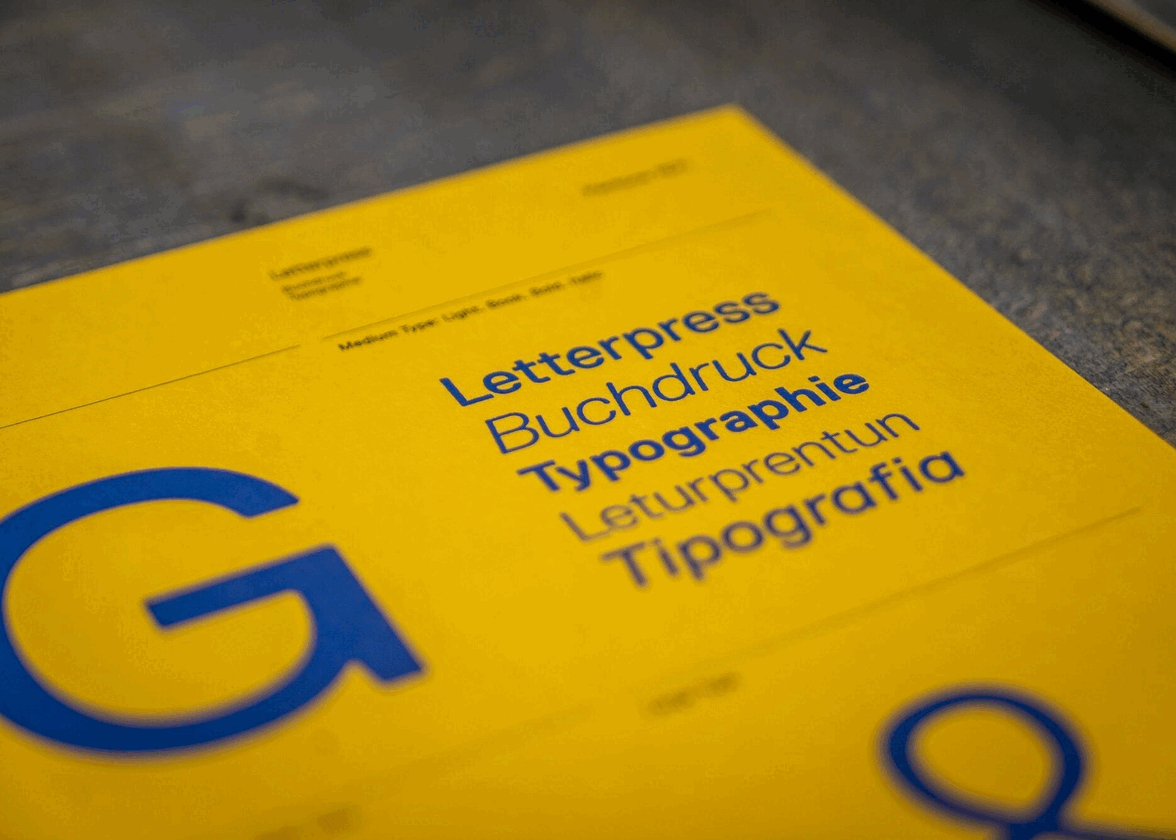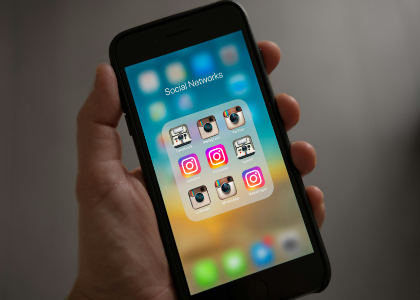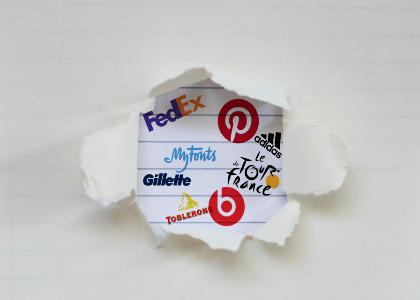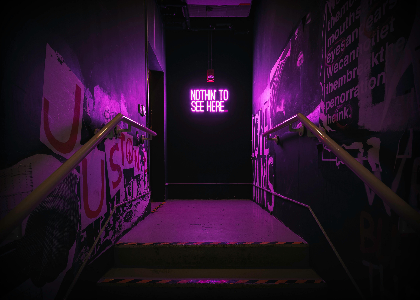Blog

Font Pairing Basics: Crafting a Cohesive Brand Identity with Typography
If you do not know already, typography can make or break your branding. We communicate so much information through type; it is one of the key elements of your visual identity. When done right, it can give depth to your brand’s personality and help convey the right tone of voice.
Choosing a typeface for your logo is an important step. For example, you will need at least one or two more typefaces to create a website, business documents, and social media content. Before you dive into the fun of pairing typefaces, here are a few things you should take into account.
Brand identity
Before you get lost in the depths of typographic possibilities, you should determine your brand identity and the values at the core of your business. Find the attributes you want to convey and keep them in mind while searching for the perfect font. Whether for your logo, headings, or body copy, your typefaces should all align with your brand’s character.
Logo
Your logo is not exactly a part of your brand’s typographic system; it is a distinct and unique design that is intended to stand out. It should communicate your brand’s individual personality and values. Of course, everything needs to be cohesive and balanced, so you should definitely use it as a starting point to select your other typefaces.
Legibility
Legibility is almost always a high priority for any typographic element. It is especially important for the body copy since it is usually the most prevalent content. After selecting the font for your logo, the body copy should be next. There are a lot of factors that can influence legibility, such as the x-height and spacing. A good test is to look at a number 1, a capital I, and the lowercase l next to each other (1Il). If you cannot tell which is which, you might encounter some legibility issues while formatting the text.
Consistency
Before you go on and use too many different typefaces, always ask yourself if you REALLY need them. It is much easier to keep up with one typeface than with two or three. Sometimes, a secondary type can help add to your brand’s personality, change context, or make up for missing features. For example, since body copy is mostly about legibility, you might feel like you need a little something extra for your headings. Even so, you should always use as few typefaces as possible to help keep everything consistent.
Some characteristics to look for when pairing typefaces
The structure
To make sure that the two fonts work well together, you can look at their basic frames, which include the x-height and the width. Similar proportions between typefaces will definitely help a pairing. This is probably the most practical guideline to create a sense of association and harmony between two typefaces.
Contrast
We want to pair typefaces that will have a balanced contrast, which means they need to have a few differences and still complement each other. You can achieve a good contrast by choosing fonts from different categories like a serif and a sans-serif, or you can play with the style and the weight, etc. This will also help you establish a hierarchy in your future designs.
Mood
Mood is the thing that ties everything together. If you decide to get adventurous in your pairing, you could pull off typefaces with fewer structural similarities if they have the same mood. Most of the process can rely on instinct and feeling. If your fonts look balanced and harmonious, they will most likely be a good pair!
Simple methods to start combining typefaces
Font family
A quick and easy way to create a pairing is to find a typeface that offers many different weights and styles. Combining fonts of the same family can create a harmonious typographic arrangement effortlessly. You can transition between different weights to get an appealing and coherent visual. Sometimes, one typeface is perfect enough!

Font superfamily
The superfamily offers more flexibility since it’s a family of typefaces designed across different font categories (serif, sans-serif, slab, etc.). It can help you create more depth and contrast than a simple font family, and yet make your designs look balanced and consistent.
Feel free to experiment!
These guidelines are here to help you, not restrain you. You should definitely use your instinct and mix and match fonts as much as you want. As long as you are mindful of your brand’s personality and choose fonts with a similar mood, you should be all set!
Here are a few combinations that we like:
In summary
To sum up, you should pay attention to the details and carefully make your typographic choices. They have undeniable potential to convey your brand’s character and communicate its essence effectively. A good typographic system will define how people experience your brand and build recognition.
As for the combinations of typefaces for your logo and beyond, don’t forget to consider the structure and proportions, to look out for a balanced contrast, and to keep a consistent mood. Remember to rely on your intuition and to have fun with it!
More tips and tricks on the blog


